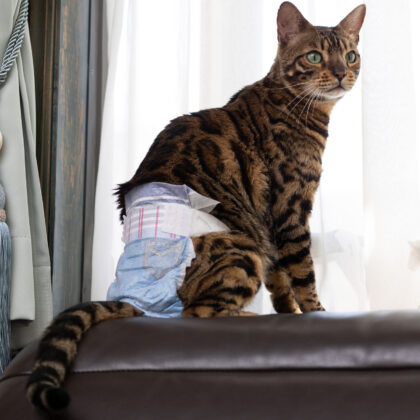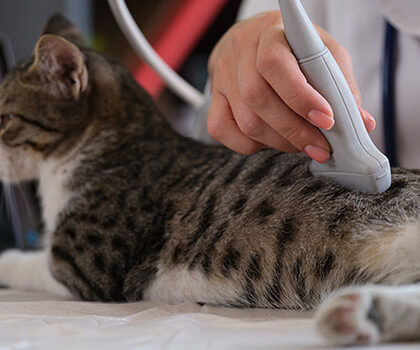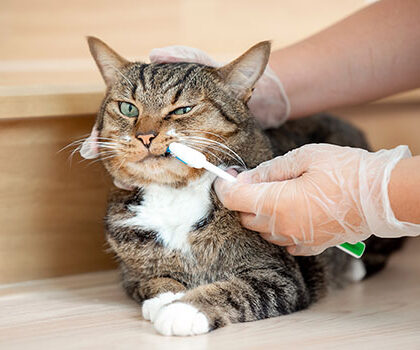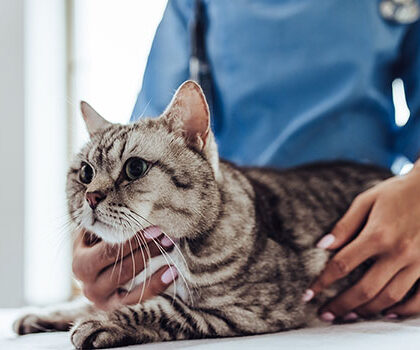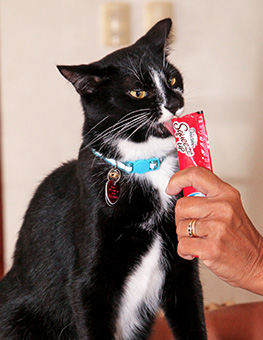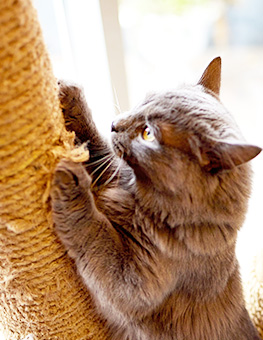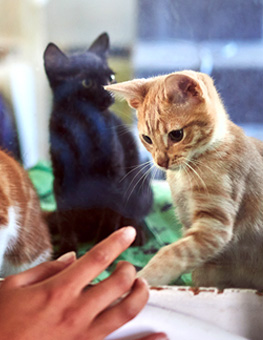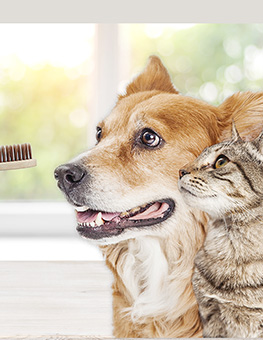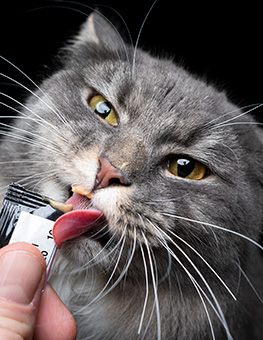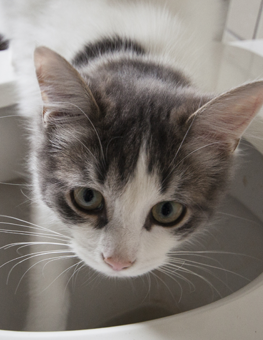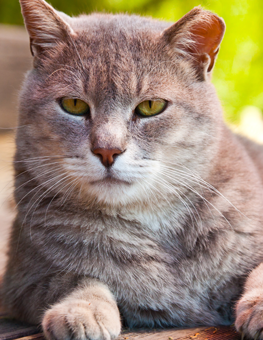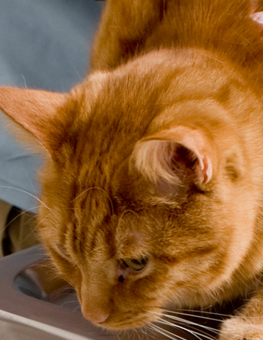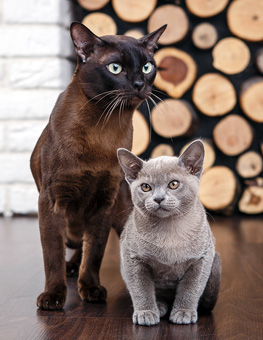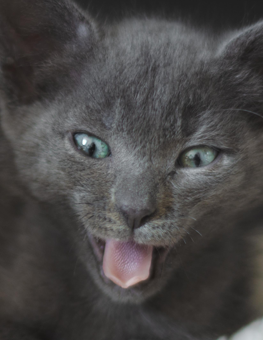How to Choose a New Cat or Kitten
In the US, we have 69 million pet cats. Is there a perfect cat out there for you?
The key is to select a cat or kitten that will adapt well to your environment. Take into account whether you are single, have a family with children, a multi-cat household, or a house with both cats and other animals. Cats are well known for having “personalities.” Aside from temperament, there are also differences in size, body types, and hair lengths that should be factors in your decision. Researching breeds and learning about gender differences can help you make your choice.
Choosing a breed
The hobby of breeding and showing cats is called "Cat Fancy." The Cat Fanciers Association (CFA), which may be thought of as the cat equivalent of the American Kennel Club for dogs, officially recognize 45 breeds of cats. Whether or not you choose a purebred or mixed breed cat, the following characteristics, which are typified in breeds, can help you to zero in on the perfect pet for you. Think about these traits and refer to the CFA site for breed(s).
- Size:Full-grown cats can range in weight from 4 to over 20 pounds depending on the breed and sex.
- Coat length:Coat lengths for cats are typically described as short, medium and long. There are also hairless breeds – the Sphynx is one. Most cat breeds are short-haired. Outside of aesthetics, hairlength should be a major consideration as many long-haired cats require daily grooming.
- Body type:Body types are broken down into two categories: cobby and foreign. A Cobby body type is characterized by short legs and a broad chest (think American Shorthair) whereas a foreign body cat is slim and svelte in appearance (like a Siamese). Not every cat type is easily categorized, so the word “semi” is used to imply a tendency toward one body type or another.
- Coat colors and patterns: Coat patterns and colors are the primary drivers of a cat’s appearance. The fur can be tipped, shaded or banded. Colors range from black to white, from blue to orange. CFA color descriptions may be quite different from what you envision. For example, “Blue” is actually a “medium grey” and “Seal” is a dark brown. Patterns range from solid to mixtures. Calicos have clearly defined bright patches of color. Tabbys are typically stripped or spotted, and have a “wild type” look.
- Activity level:A very important consideration in choosing your next feline family member is activity level - different breeds will have different activity levels. If you have children or are looking for a “lap cat” then a breed known for a quiet demeanor is for you (look for American Shorthairs or Persians). If you prefer an active, playful cat then an Abyssinian might be in your future. If you are adopting a cat from a shelter, ask about temperament and activity level so that you will have a great match for your household.
Choosing a gender
Each gender has pros and cons associated with it.
- Male cats tend to be much larger than females.
- Males, or toms, can be friendlier than females.
- Intact male cats "spray" to mark their territory and “howl” for females (this is usually not a problem if you get him neutered).
- Female cats tend to be more reserved than males but are far less likely to spray.
- Females tend to howl when they go into heat and can become pregnant before their first year – talk to your vet about getting your female spayed.
Other considerations
- Kittens should not be separated from their mothers until they are 10-12 weeks old. By this time, they will be weaned, will have been taught some useful skills by their mother (not the least of which is how to use the litter box), and have had some good socialization.
- Make sure your cat has been vaccinated before you take them home.
- Make an appointment with your veterinarian immediately for a wellness check.
- Before you bring your new cat home, “cat proof” your house by moving breakable or dangerous objects to an inaccessible area.
These are just a few points to assist you in your choice, but there’s plenty more to cover. Do your new feline friend a favor and learn as much as you can.



